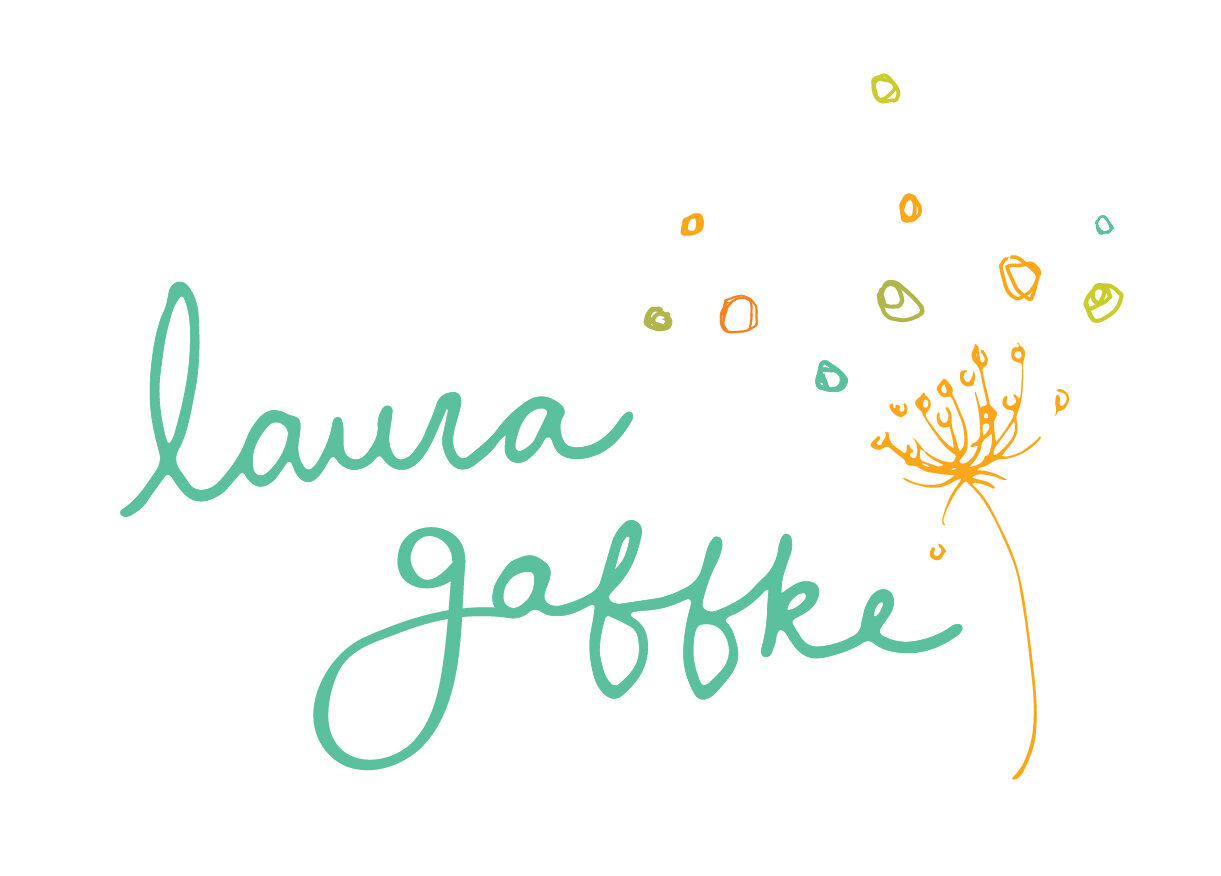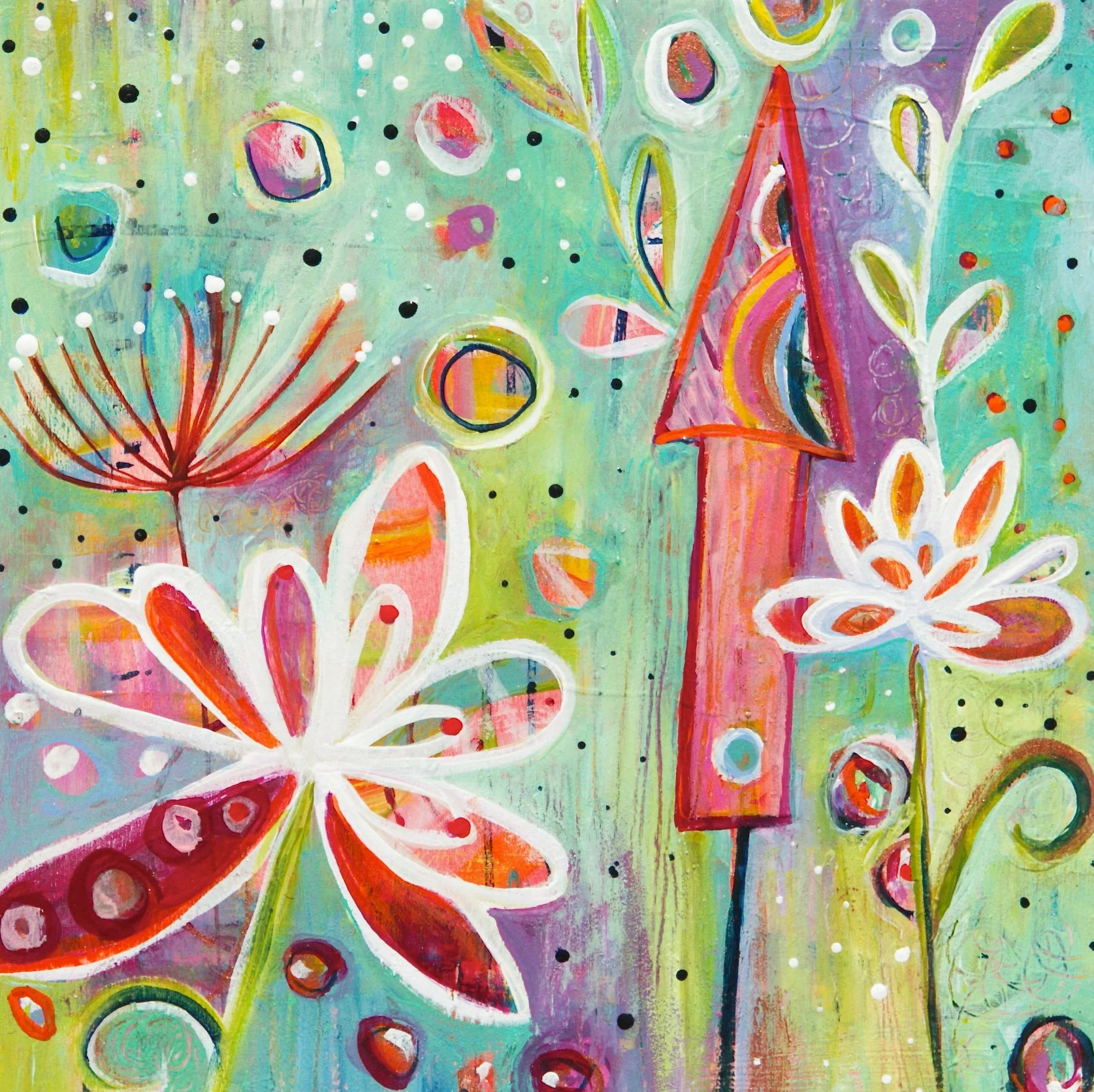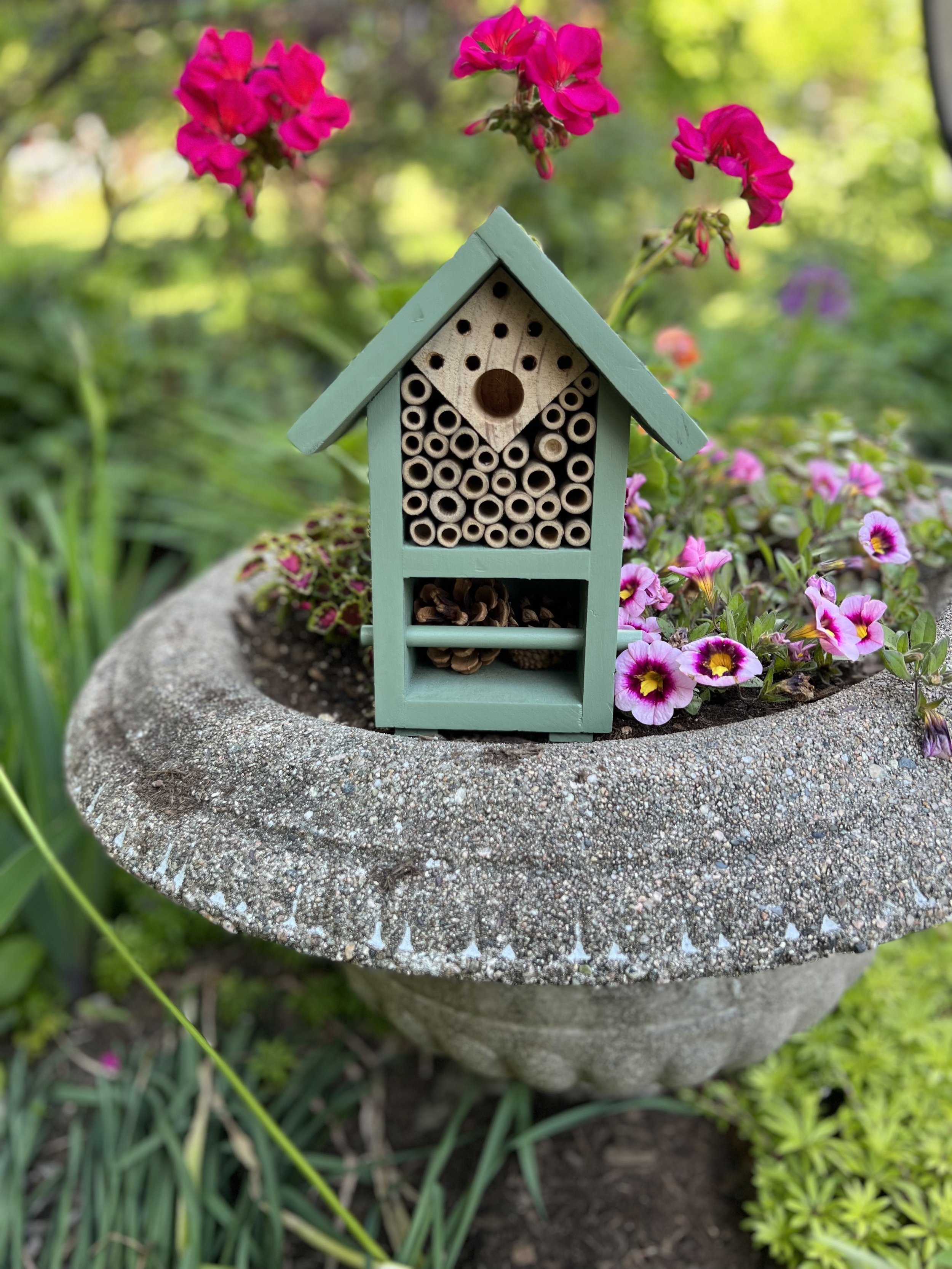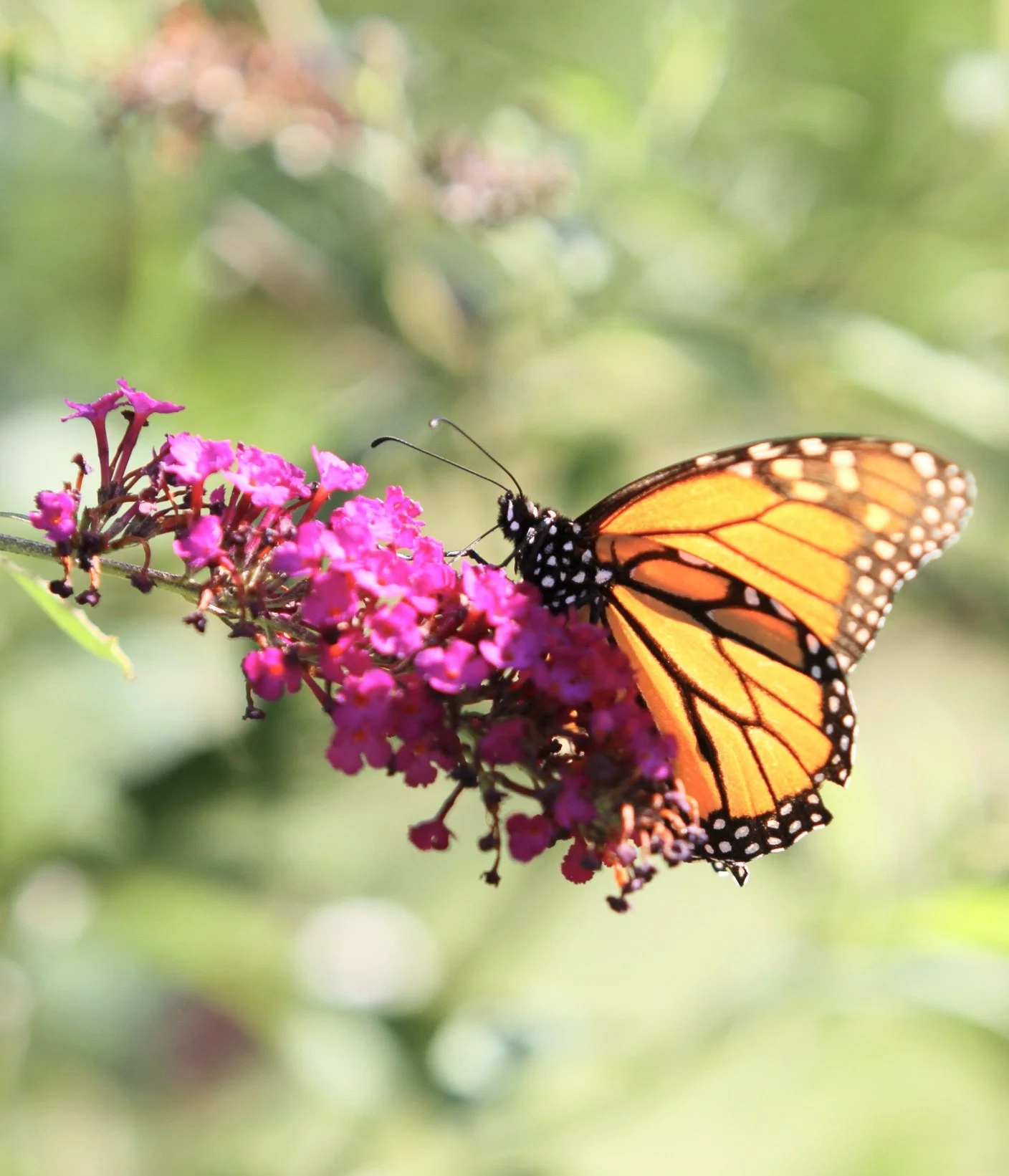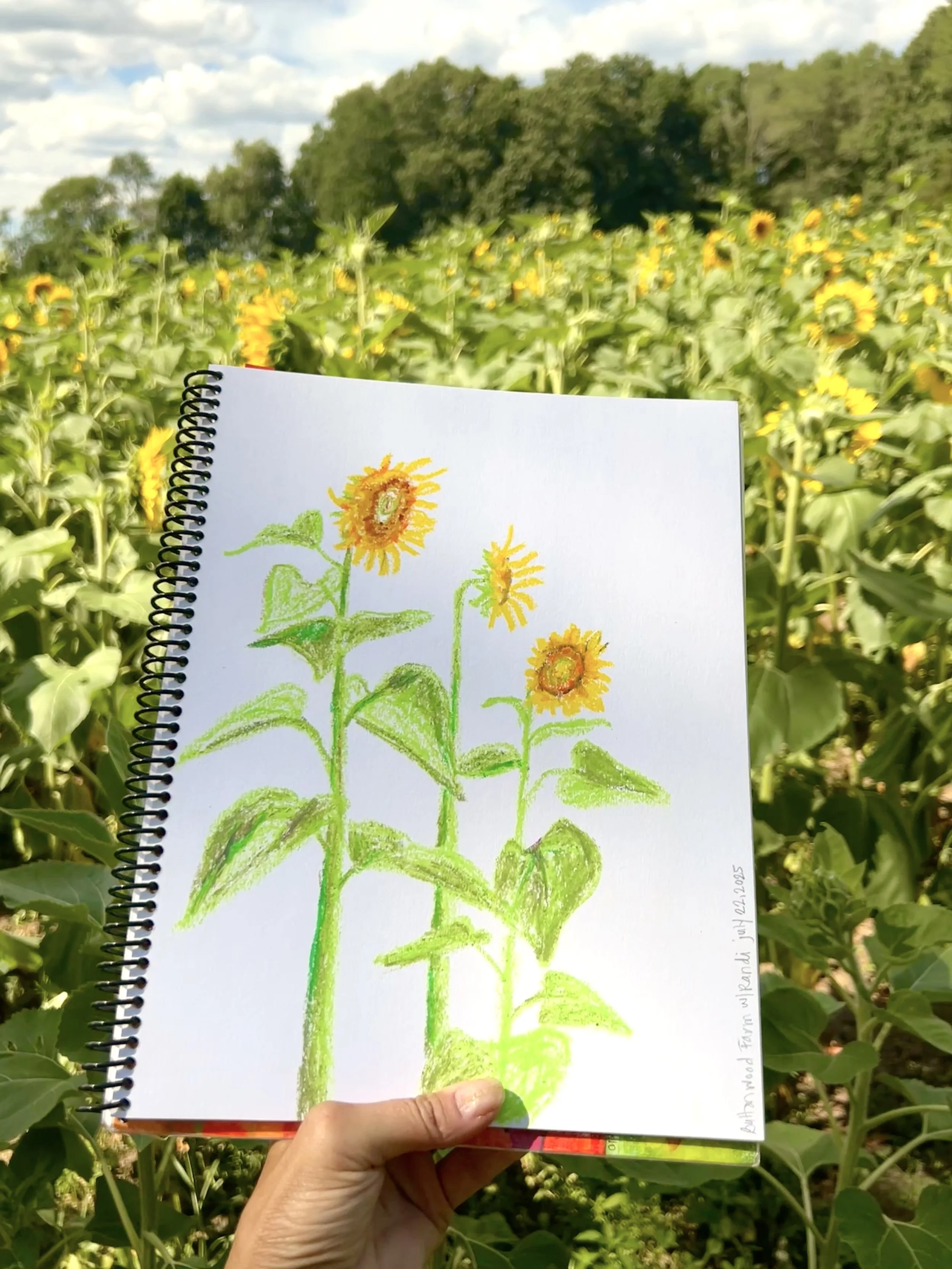Helpful Tips for a Beautiful Garden
Create a Pollinator-Friendly Garden
A Peek into What’s Blooming and Inspiring
My Studio This Season
There’s something magical about this time of year—the way everything bursts into color, the birds sing a little louder, and the bees begin their busy dance from blossom to blossom. Each morning, I step into my garden with coffee in hand, and it’s like stepping into a living painting. The blooms, the scents, the light—it all fills me with the kind of joy that overflows into my studio.
As the seasons shift from spring to summer here on the shoreline, my flower pots are overflowing, the back deck is open, and my garden is fully alive. I’ve watched the tulips and daffodils graciously pass the baton to lilacs, and move onto the iris and peonies. I spend a lot of time capturing their fleeting beauty in photos and tiny posies I call “Portrait Posies.”
These moments always feel sacred to me~
A reminder that beauty is all around us when we take the time to notice.
The Joy of Observing Nature
If you’ve been following along, you may have seen my blog post A Peek Into My Garden, where I share behind-the-scenes glimpses of my outdoor sanctuary and the blooms that inspire many of my paintings. One of those pieces, “Safe Haven,” was directly born from this connection. It's a celebration of joy, protection, and the energy Mother Nature offers so freely.
“Safe Haven” is available HERE
Why Pollinators Matter for Your Garden
And as someone who spends a lot of time painting flowers, I’ve become more intentional about how I care for them in real life, too. A big part of that is supporting pollinators—bees, butterflies, and birds—who are essential to a healthy, thriving garden.
If you’re looking to infuse your garden with more life, color, and purpose this season,
here are a few of my favorite tips:
11 TIPS for Attracting Bees & Other Pollinators to Your Garden
GROW POLLINATOR-FRIENDLY PLANTS
Flowers like coneflowers, cosmos, zinnia, lavender, or sunflowers are great. Flowers provide a food source for most pollinators. Planting a diverse range of flowers or flowering trees and shrubs will provide a variety of nectar and pollen for different pollinators. Some, like bees, will come to collect the pollen, and others, such as birds and butterflies, will be trying to harvest the nectar. In doing this, they will transfer pollen on their legs and bodies to different flowers. Some plants are pollinated more efficiently by specific pollinators.
USE LOCAL NATIVE PLANTS
Native plants are adapted to your region and often more appealing to local pollinators. I love sourcing mine at plant sales hosted by local garden clubs.
CHOOSE SEVERAL COLORS OF FLOWERS
Bees have good vision to help them find flowers and the nectar and pollen they offer. Flower colors that particularly attract bees are blue, purple, violet, white, and yellow. I plant lots of fuchsia and orange and find they love those as well. My favorite flowers are zinnias. To attract a diverse range of pollinators, it is essential to have a diversity of flowers in different colors.
PROVIDE FRESH WATER
Even pollinators get thirsty from buzzing about all day! Having water available, especially in the warmer months, will help pollinators to survive and thrive!
Shallow water dishes, birdbaths, or morning dew left behind after watering can all help them recharge.
Watering your garden early in the morning is not only great for your plants, as it allows them time to absorb the water, but it will also leave little pockets and droplets of water for the pollinators.
SKIP THE PESTICIDES
Organic gardening is better for everyone. It will have bees flocking toward your garden, and will help keep their life cycle going, which in turn keeps us going.
If you must use a pesticide, start with the least toxic one and follow the instructions carefully.
PLANT FOR ALL SEASONS
Keep something blooming from early spring through fall to support pollinators across their life cycles.
By having a sequence of plants flowering through spring, summer, and fall, you can support a range of bee species that fly at different times of the season.
PLANT A BEE HOUSE WHERE BEES WILL VISIT
Just like birdhouses, bee houses provide shelter—place them in a sunny, protected spot, away from strong winds. It’s one of the simplest ways to help boost local bee populations.
SUPPORT LOCAL BEE KEEPERS
Buy organic honey, visit local apiaries, and learn about their work. It’s a sweet way to support your community and the planet. Honey is also lovely in both hot and iced tea and is good for sore throats.
PRACTICE THE ART OF OBSERVATION
Sit quietly in your garden and just be. You’ll start to notice which flowers are attracting bees, butterflies, or even the occasional hummingbird. This ritual of stillness is where so many of my ideas begin.
I like to have my morning coffee or lunch in the garden and just spend time observing without any distractions. We are often so busy trying to do something that we lose sight of all the beautiful little things going on.
LET SOME THINGS GO TO SEED
While it can be tempting to deadhead everything, allowing a few flowers—like coneflowers, dill, or parsley—to go to seed provides important food sources for birds and beneficial insects later in the season. It also adds beautiful, natural texture to your garden that might just inspire your next painting or sketchbook page.
CREATE COZY NOOKS FOR YOU TOO
A garden isn’t just for planting—it’s for being. Add a bench, a bistro table, or even a blanket tucked in the shade so you can linger. These are the places where quiet thoughts bloom, ideas take root, and creativity has room to grow. I often bring my sketchbook outside and find the best inspiration in these pauses.
Happy gardening, friend!
Sending you the happiest bouquet of summer blooms and a gentle reminder to go outside, breathe it in, and let nature do what she does best—heal, inspire, and bring us back to ourselves.
With love & wildflowers,
💞Laura
p.s. Want more inspiration?
Here are two videos I think you’ll love:
Louie Schwartzberg’s Time-Lapse of Flowers- A meditative, magical film that celebrates nature’s poetry.
Why Bees Matter (1-minute Watch)- A simple but powerful reminder of their role in our ecosystems.
ENJOY!
Read More Posts…
